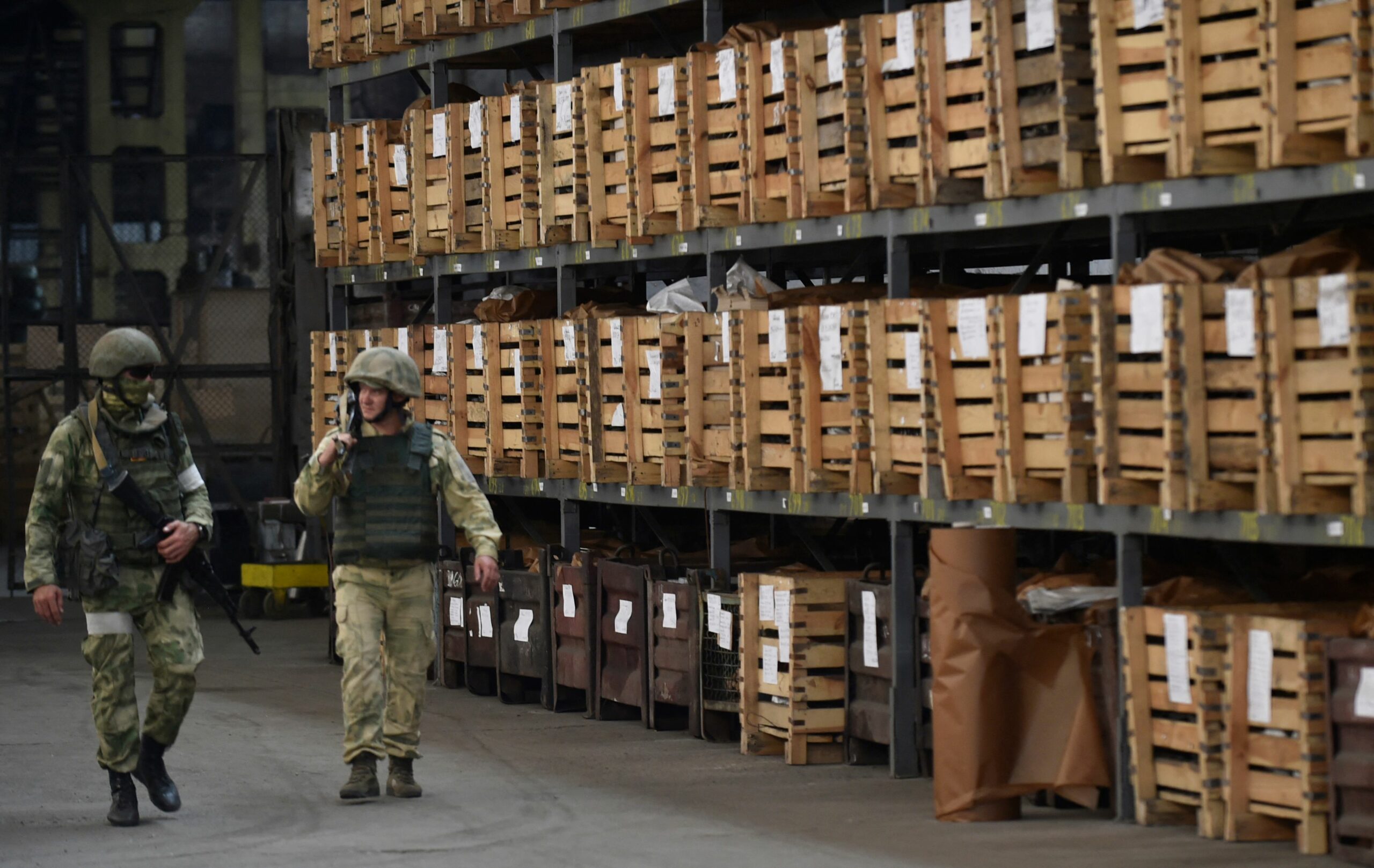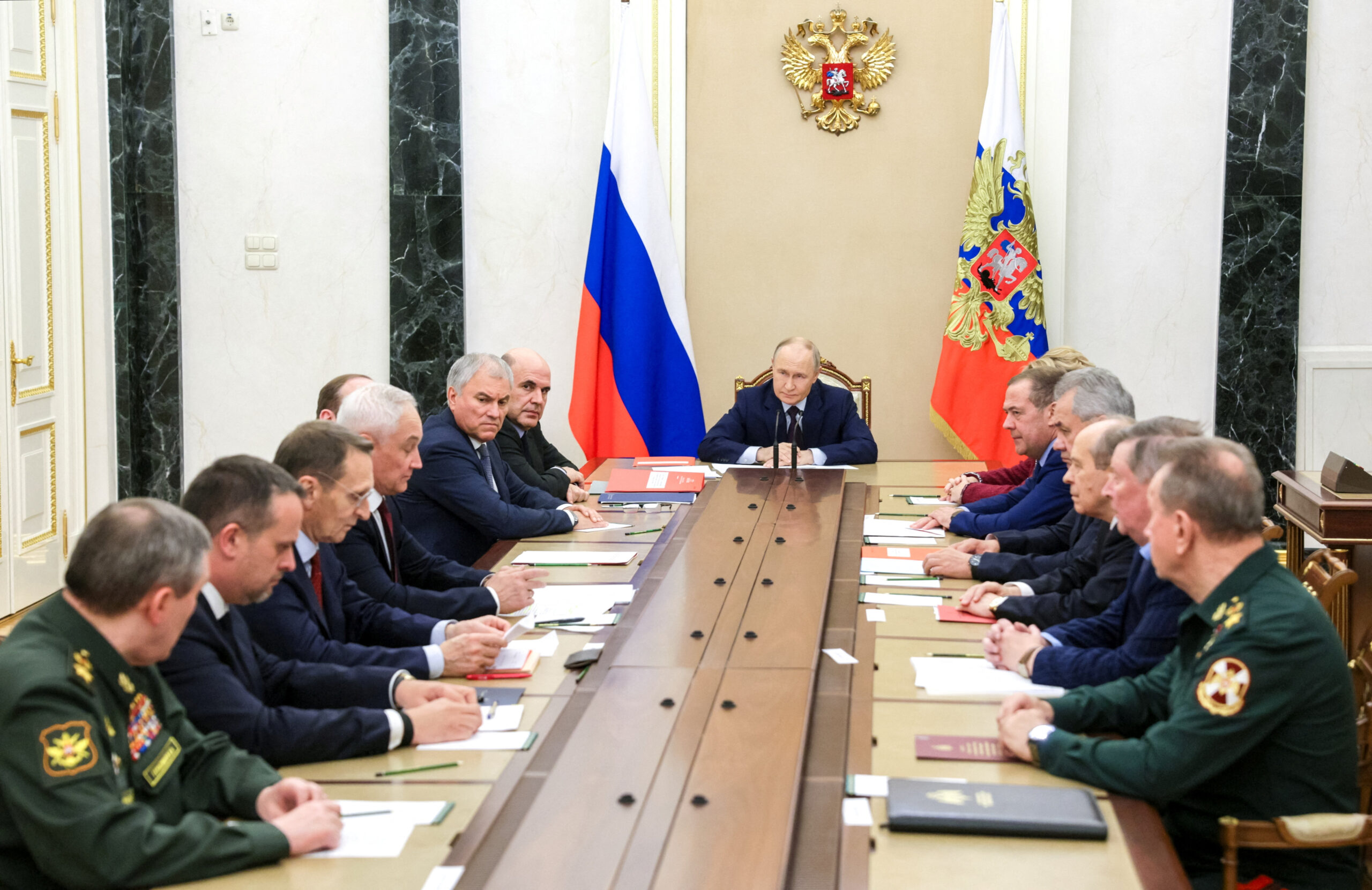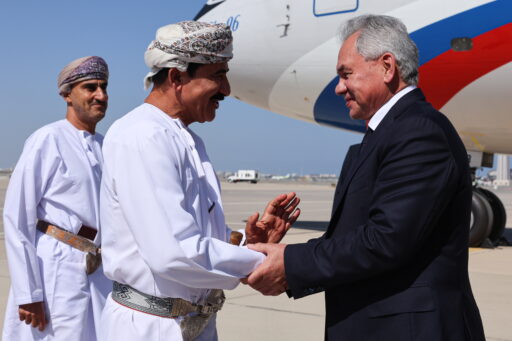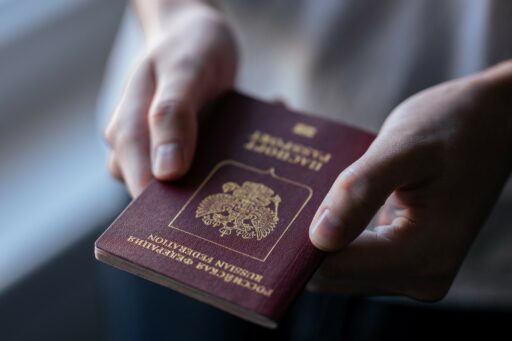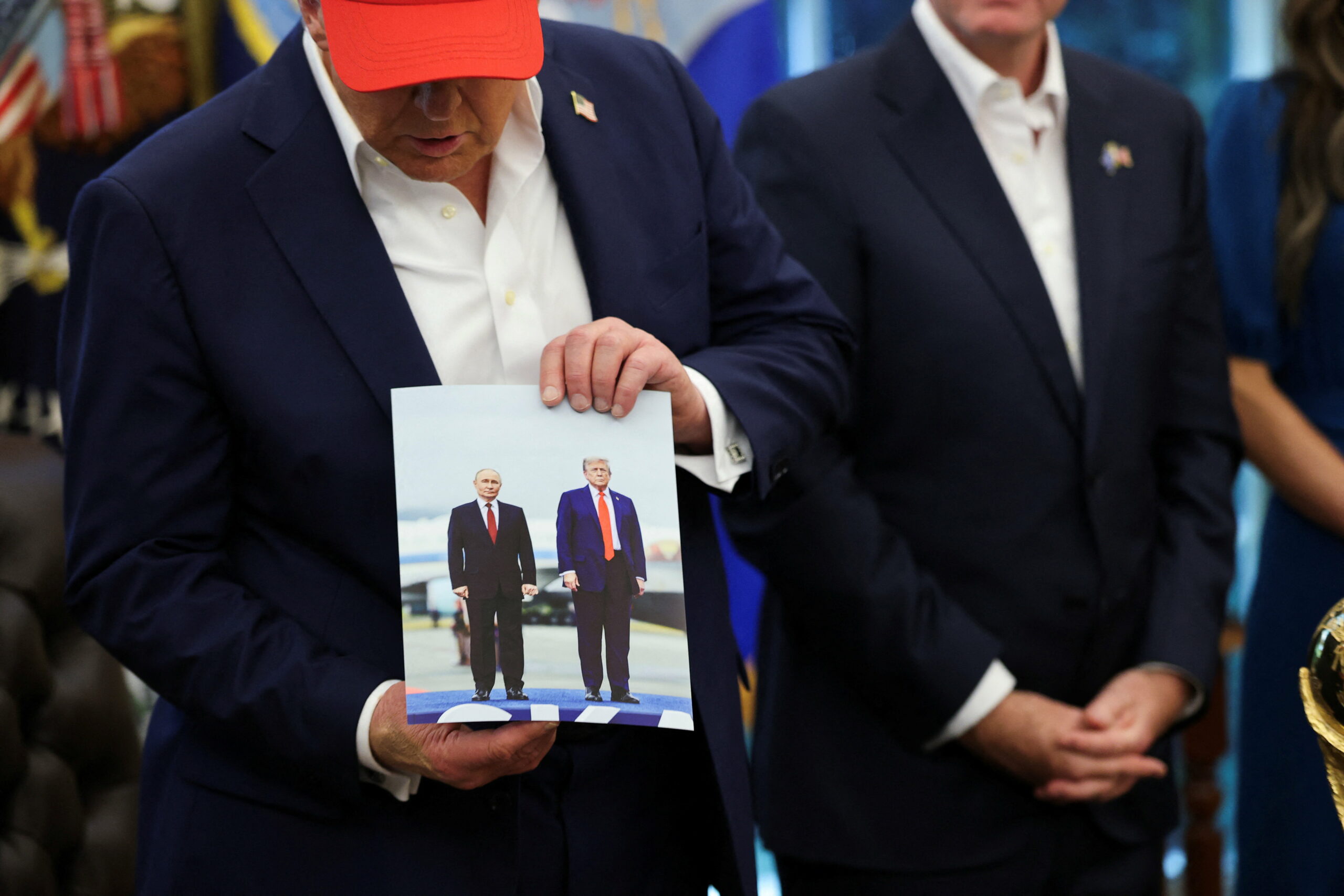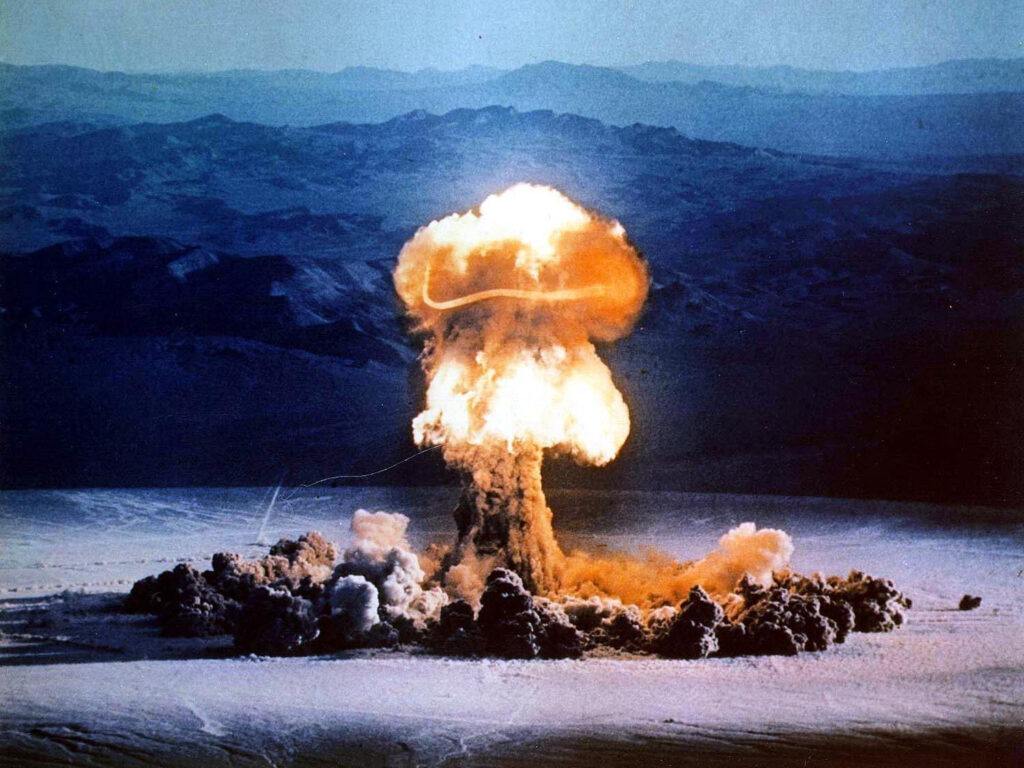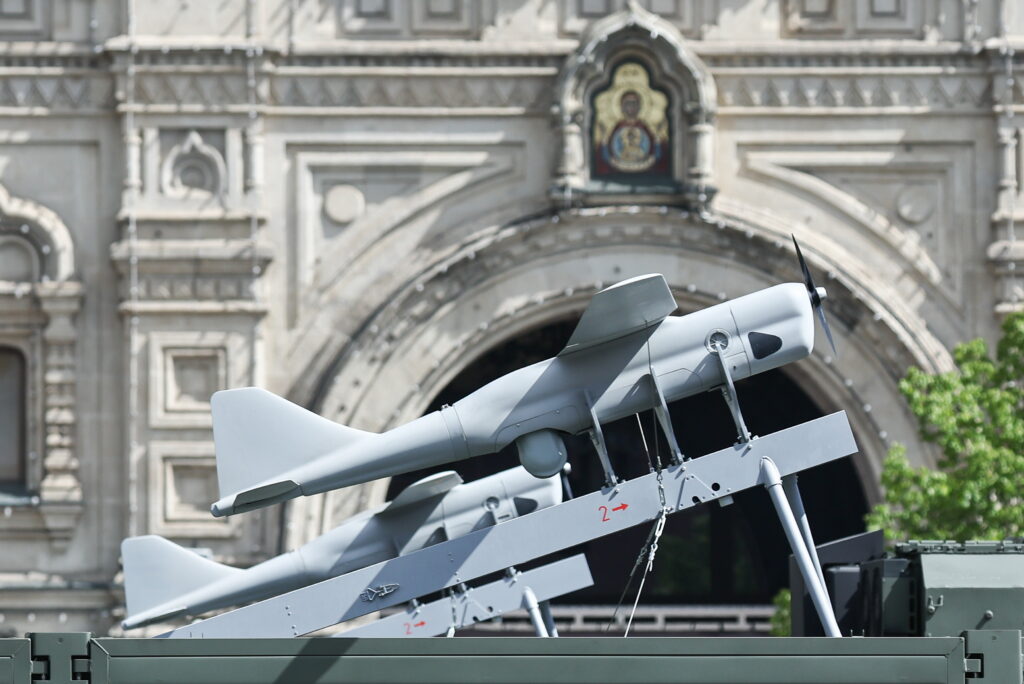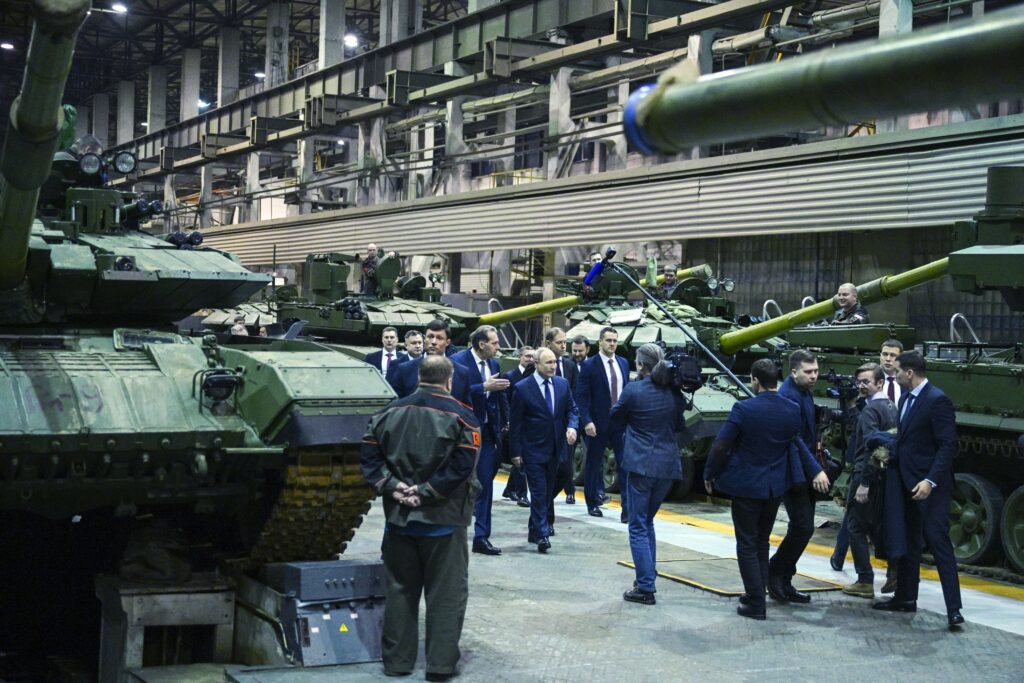Russia has had a thought-out strategy to break the sanctions embargo against it since the beginning of the war. The strategy has been to leverage countries who do not follow sanctions to buy and sell what they need. Russia’s underlying assumption was that in a multipolar world they would be able to find countries willing to do business despite Western pressure and could move their supply chains to those countries. This strategy did not come out of nowhere. Russian policy elites had a decade to study how the US and EU use sanctions and identify fault lines. Putin has publicly announced the strategy on multiple occasions since the beginning of the war. In the earliest days of the war, Putin personally reached out to leaders of key countries to ensure this strategy could proceed.
Putin’s bet has been partially successful. Russia managed not only to reconstitute its international trade with new partners but also managed to source essential sanctions parts and components for military production. However, despite Russia’s success in sustaining and expanding its military production through sanctions evasion via third countries, it has not managed to translate that success into victory on the battlefield. As such, Western governments have not pushed as hard diplomatically as they otherwise could on the major third countries most important for assisting Russia to evade sanctions—countries that view their trade relations with Russia as perfectly legal.
The evasion of sanctions process primarily happens through shadowy and entrepreneurial networks that exploit loopholes in the global sanctions architecture—particularly the non-recognition of U.S. and EU sanctions by third countries. Sanctions evasion also occurs within Western countries, often undertaken by unscrupulous expatriates with the necessary connections and access sanctioned components to meet the Russian demand for Western dual-use technologies.
However, to understand the evolution of Russia’s sanctions evasion strategy, one first must understand those sanctions:. Who enacts sanctions, and what gives them their power in some countries, but not others.
Legal Authority for Sanctions
Sanctions are a legal tool that that codify, either by legislation or executive order, authorization for a nation’s authorities the power to blacklist any dealings with foreign persons, companies (persons and companies are often referred to as «legal entities» or simply «entities»), or entire economic sectors. The two primary players in using these legal tools in the context of Russia’s war against Ukraine are the European Union and the United States.
In the European Union, the law containing this list is Council Regulation (EU) No 833/2014, and the list of companies and individuals affected by the law is regularly updated. As of 2024, the regulation is almost 600 pages long and includes hundreds of pages of technical details on dual-use goods whose transfer to Russia is restricted. Close EU partner countries, such as Switzerland, and the United Kingdom maintain lists which complement the EU and try to prevent loopholes where a person or company is sanctioned in one jurisdiction, but not the other.
The sanctions regime maintained by the United States against Russia is more complex. The U.S. Treasury Department alone has four different programs for sanctioning Russia, many of which overlap and emerged during different downturns in U.S.-Russia relationships. The U.S. Commerce Department independently maintains its own list of legal entities under trade restrictions — but this is more directly relevant for U.S. companies doing business in Russia.
The most expansive tool in this regime, and the one most often used in the context of the war, is Executive Order 14024. Under this directive, the U.S. Treasury Department maintains the right to add any company or person that engages in almost any sector of the Russian economy to OFAC’s SDN list. When people refer to «sanctions on Russia» they are most commonly referring to the OFAC SDN list. Initially, when it was launched in April 2021, the directive covered only defense and defense technology, but as the war dragged on U.S. authorities have added sectors ranging from construction to accounting services. U.S. authorities constantly reference this directive in their announcements of new sanctions against Russia. This legal authority is used to not only add Russian entities, but also Chinese, Turkish, Emirati, Kyrgyz, Serbian, Lichtenstein, and other entities to the SDN list.
The U.S. maintains that this order explicitly can be applied to almost any activity that has even a small connection to the United States. Thus, the U.S. maintains it has the right to enact sanctions on just about anyone doing business with Russia under Executive Order 14024. Due to the complicated and ever-expanding nature of this list — the U.S. occasionally provides «general licenses», which allow business with certain companies and sectors to continue as normal (for example, subscriptions to Kommersant). De facto however, the U.S. seeks to use sanctions to impose an embargo on Russia. The fatal flaw is that several major centers of global trade are not party to this embargo.
Third Country Loopholes
Western sanctions imposed on Russia have unquestionably restricted the Russian economy from key goods and financial flows. Russian officials would not be using diplomatic and political capital to seek the removal of sanctions if they did not cause pain to the Russian economy. Russia has however received a major lifeline from the Chinese authorities that have quietly allowed freedom for Russian actors to operate in China to procure weapons components and material to supply Russian military production. Other countries such as Turkey and the UAE also help Russia circumvent sanctions with relative ease.
Russia most needs goods like dual-use microelectronics that are used to make military computers and electronic systems. The most important of these are GNSS navigation modules. GNSS navigation modules, which can be used for manufacturing smart automobiles, can also be used in the manufacture of missile and drone navigation computers. Russian military industry repurposes civilian grade GNSS for ballistic and cruise missile navigation. Access to these components via third countries, where sanctions are not enforced, allows Russia to continue building accurate missile systems.
At present, the overwhelming majority of electronic components for Russia’s drone and missile program come from Hong Kong and Southern China. Publicly available data shows some individual Hong Kong companies supplying upwards of $ 27 million in electronics to sanctioned military-linked entities inside Russia. The real volume of trade across the large, very profitable, trade is likely in the hundreds of millions of dollars when various large networks based in China and Hong Kong are accounted for. Many of these companies may exist on paper only, and are clustered around a small number of empty offices in Hong Kong with hundreds of companies registered to each address. Hong Kong authorities maintain their own register of who controls these shell companies, but do not share this information with the public.
Beyond electronics, Russia’s military production lines rely on modern machine tools and advanced robotics. Machine tools, particularly advanced metal cutting tools, can create precise aircraft and missile components beyond the capabilities of Russian machine tools. Prior to its invasion of Ukraine, Russia was working to modernize its military plants, and faced far fewer international sanctions, controls, or oversight. For example, Russia’s Federal Center for Dual Use Technologies, which makes solid rocket fuel for nuclear missiles, was able to buy advanced robotic arms from a well-known Chinese-owned German manufacturing company more than once. Russia’s Tactical Missile Corporation’s most important missile factory, Raduga, upgraded its fleet of advanced robotic arms from this same company at the very beginning of the war.
Publicly available records for Russia’s leading missile factories show that in the months after the start of the war, there was a major effort to upgrade serial production at the Raduga plant. The layers of classified contracts makes it difficult to show exactly what was sold to whom after the start of the invasion — but the creation of new facilities and upgrading of older equipment at existing ones demonstrates that there is a continued hunger by Russia’s high-end military factories for advanced Western metal-cutting and design tools. Today, this hunger is fed by third parties able to procure what Russia needs.
One investigation by Important Stories found that the most important sources (in order of importance) for Russian acquisition of machine tools was Turkey, South Korea, UAE and China. Turkey is a key node due to its geographic location. Machine tools from Italy and Germany, which were very popular in Russia before the war, can be bought by Turkish importers working on behalf of Russian military factories or by front companies created after February 24, 2022 in Istanbul and Antalya with relative ease. Purchasers can simply lie that the end user is based in Turkey. From there, these machines can be shipped into Russia via former Soviet Republics or the UAE. The simple fact is that it is not illegal for companies to sell advanced machine tools to Turkish companies.
The Chinese authorities have gone out of their way to protect their citizens that profit from this trade. Copying EU efforts in the 1990s to protect their constituents from the effects of U.S. extraterritorial sanctions against Cuba, Chinese authorities passed a law in 2021 that says extraterritorial sanctions do not apply in China. Chinese authorities argue that because sanctions are legal orders of other countries, they are an «unjustified extra-territorial application of foreign legislation.»
As such, absent a policy change in Beijing, it is perfectly legal in China for Chinese companies to cooperate with sanctioned Russian military companies. Authorities in Hong Kong have stated openly that «unilateral» (sanctions not imposed by the United Nations) have no legal standing in Hong Kong.
The situation with Turkey is more fluid. While Turkey maintains that U.S. and European Union sanctions hold no legal force in Turkey, there are instances of shipments to Russia being stopped after the imposition of diplomatic pressure. Turkey has also long pushed back against U.S. application of sanctions against their companies and citizens. In August 2022, Turkey’s Finance Minister pushed back on U.S. attempts to target Russian sanctions evasion in the country. Turkey has no laws or directives from the president restricting trade with Russia.
Smuggling Networks in the West
Generating a typology of who is engaging in these activities is difficult, but an initial pattern of how these smuggling networks operate can be gleaned from court records, corporate registries, and an analysis of sanctions listings. Generally, Russian nationals operating smuggling networks in the West are the most likely to be arrested and face prosecution. Businessmen in third countries profiting from sanctions-avoiding trade or supporting the creation of shell companies in third countries, are the least likely to face consequences.
In November 2023, U.S. authorities arrested a network operating out of New York. Parts numbers from seized goods in the raid matched Russian weapons systems used in Ukraine. In another case, a Russian citizen was arrested for sending military technology back to Russia via three different Hong Kong shell companies he owned.
The men in New York made use of the UAE’s free trade zones as one of the main ways to ship goods from New York to their Russian customers. The UAE’s 40-plus free trade zones are notorious for the complete lack of transparency about ownership, making them ideal corporate structures for international money laundering. These UAE free zone companies (which can be created for a relatively small sum of money from anywhere in the world) are a favorite mechanism of Russian expatriates trying to get their money out of Russia and into the West, or supplies out of the West into Russia.
Some of these schemes are more advanced versions of prewar schemes. In late 2022, U.S. authorities broke up a different network operating in the New Jersey area. This network, working closely with the FSB, used safehouses inside the U.S. and front companies in Estonia. Members of the network, after sending the goods from the United States to Estonia, would bring them across the Estonian-Russian border with falsified shipping documents. This scheme mirrored a different New Jersey father-and-son network broken up in 2018. In that case, the FSB-linked network shipped dual-use military equipment to Russia using false addresses and lying about the contents, according to U.S. court documents. Persons linked to Russia’s intelligence services have been running similar operations to procure dual-use electronics inside the U.S. since at least 2008.
These direct tactics are insufficient to sustain Russia’s war effort, and the most high-profile cases on which data exists are only part of the picture. Russian needs for waging a war of attrition against requires the cooperation of multiple businessmen and brokers in third countries. These third-party businessmen and brokers are the least likely to face arrest and prosecution. Their home countries lack either the interest or bandwidth to prosecute local businessmen that are acting within the law of their home countries in order to help Russia violate Western sanctions.
Cost Benefit Analysis
Operating a complicated international supply chain under constant pressure from Western countries is not cheap. Middlemen and brokers are taking on the risk of sanctions, and sometimes arrest, to run these networks—and these additional costs are passed on to Russia. Moving goods through multiple jurisdictions and the need to create new shell companies also increases costs, as creating an effective shell company can cost thousands of dollars. The taxes these businesses must pay are another factor to consider. Perhaps most important is the knowledge that third country businessmen can charge above-market prices to their Russian customers — knowing these customers will have to pay a price commensurate with the need for and risk of the goods obtained.
For the Kremlin, the political cost of losing the war far exceeds the exorbitant prices of these vital imports. What can limit Russia’s ability to pay for vital components are factors like the devaluation of the ruble against other currencies or a decline in the price of their oil and gas exports. Supply shock is important at the margins but will not be decisive.
The most effective way to strengthen the EU and US-led sanctions regime focused on weapon components would be to enforce the sanctions already in place and pressure third country evasion centers to stop the activities of third-party networks. So far coercive measures have been limited to sanctions applied against very targeted individual businesses rather than aggressive and broader sanctions designed to inflict deep economic pain. Given the importance of centers like Hong Kong and the UAE to global commerce, the EU and US have been hesitant to do this.
For the EU and US to enact sanctions to coerce third countries, not just Russia, to change their policies would require a new political calculus and political will to do so. Absent more political pressure from elites and the public to neuter the threat of Russia’s military rebuilding itself, the economic benefits of continued trade with major centers of third-party sanctions outweighs the costs of more aggressive sanction policies. This could theoretically change if Russia’s military began taking significantly more territory in Ukraine.
A more cooperative strategy with third countries like the UAE and Turkey, rather than a primarily coercive strategy, is more likely necessary to break the diplomatic impasse over recognition of sanctions. Offering positive economic incentives alongside, or instead of, the threat of crippling sanctions would be one approach to undermining Putin’s sanctions evasion strategy. For countries like China, threats from the United States alone mean little and would be seen as an escalation of an already adversarial relationship. If combined with a more robust European push against the Chinese authorities, the likelihood of any significant movement against the most egregious violators would greatly increase. Law enforcement requests for information on Russian front companies in Hong Kong would be a simple first step.
Ultimately, Putin’s strategy to keep its military production supplied with vital components in the face of Western sanctions depends on sustaining its relations with neutral countries in the face of Western opposition. As long as neutral countries remain reluctant, even hostile, to cooperating with Western sanctions, Russia will succeed in sustaining a network of lifelines to acquire key dual-use goods, albeit at higher prices. These supply lines will continue to enable Russia to produce, and expand the production of, drones in particular. Unless this third-party network is broken or disrupted, the current cycle will likely continue for the foreseeable future.
